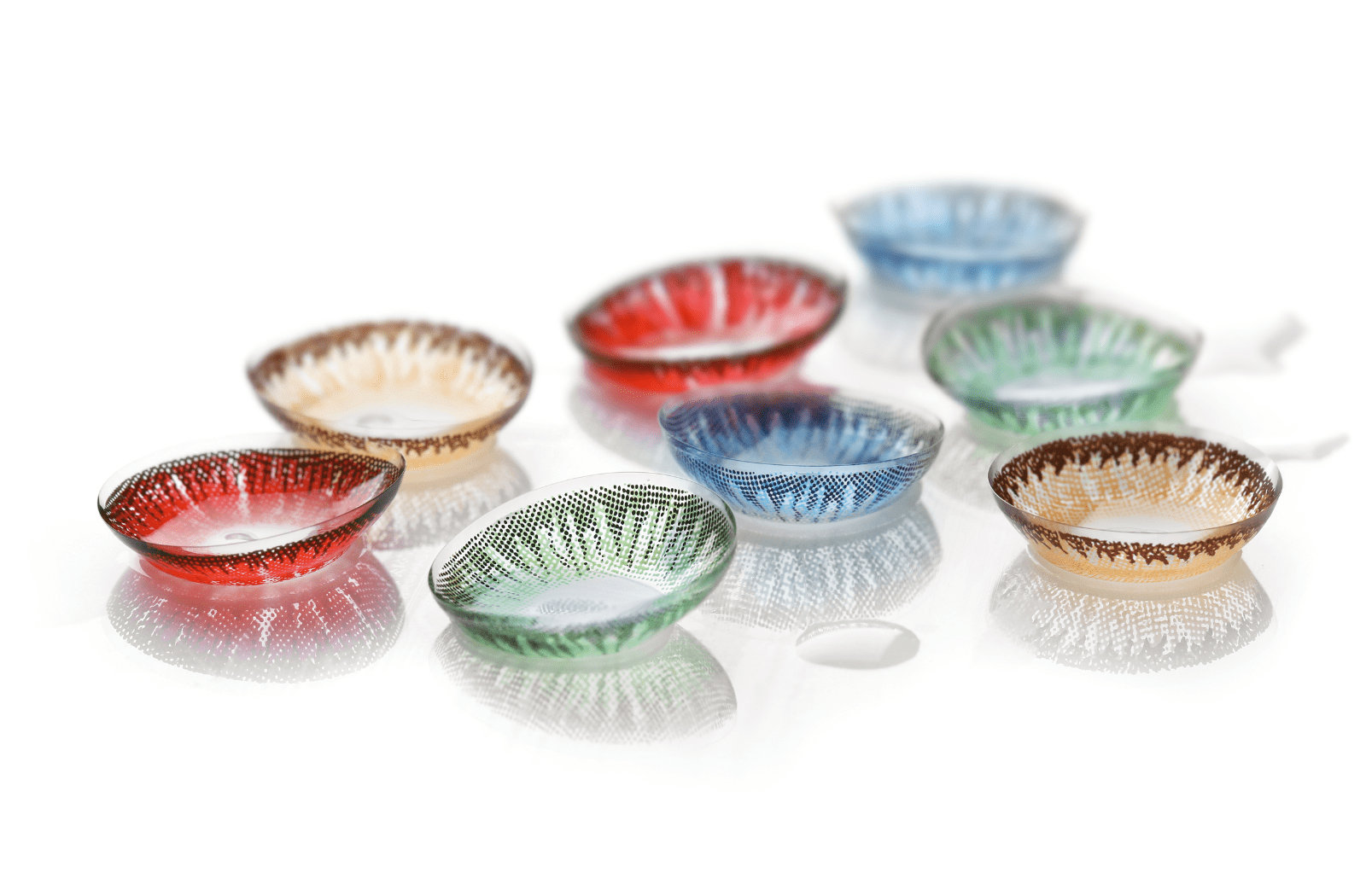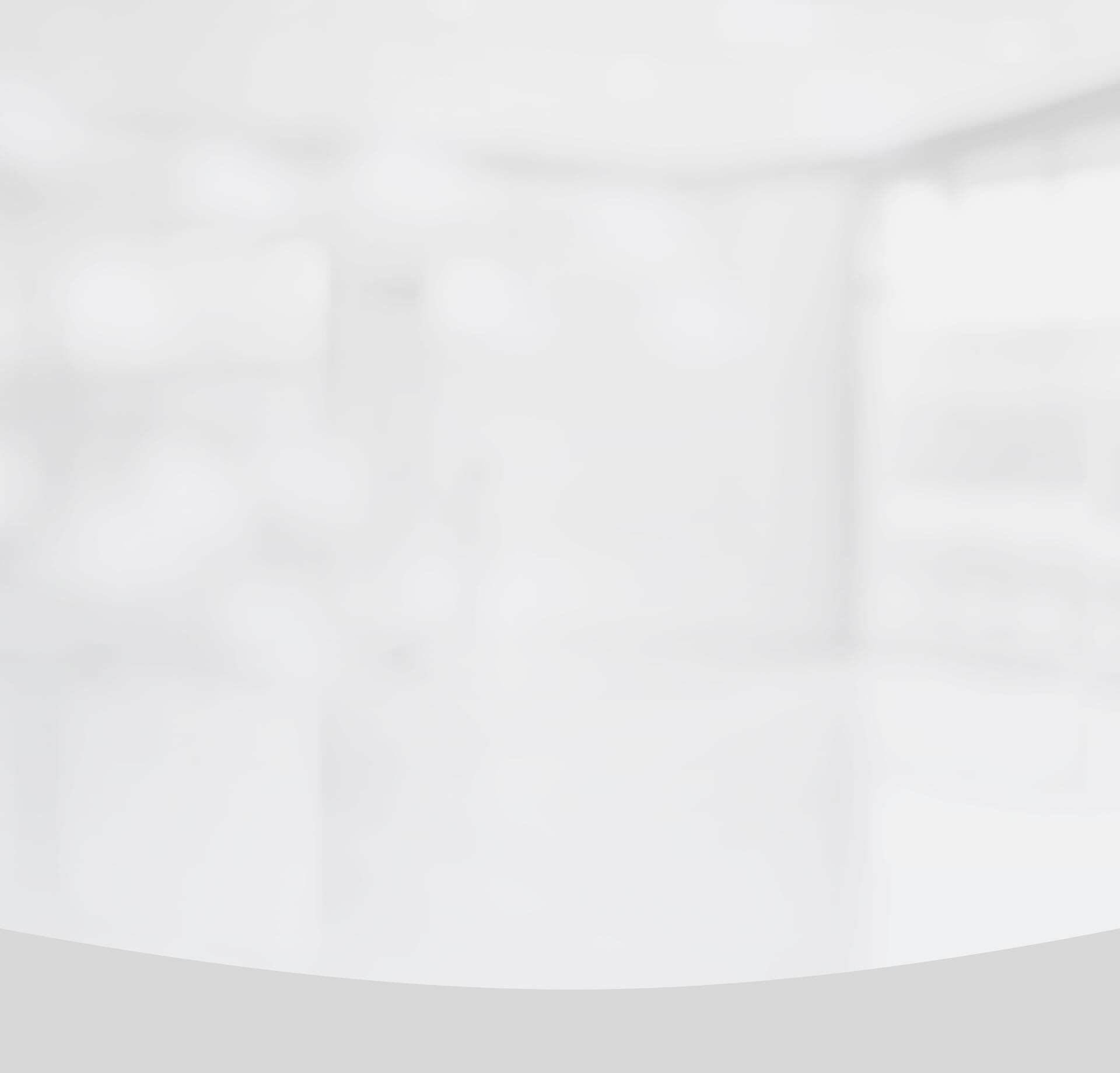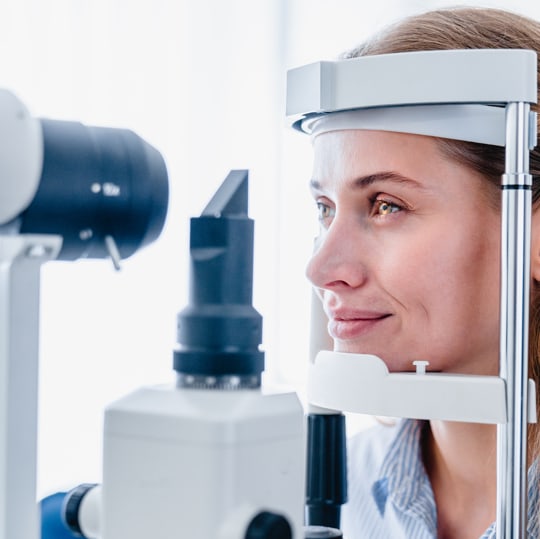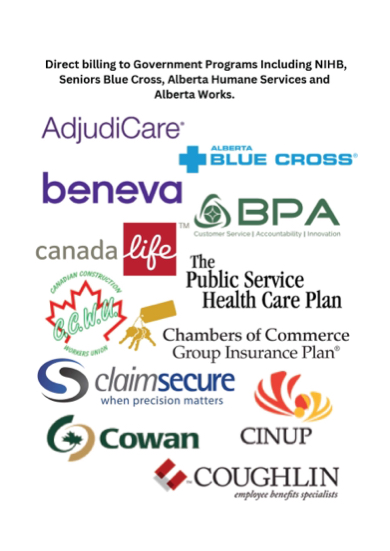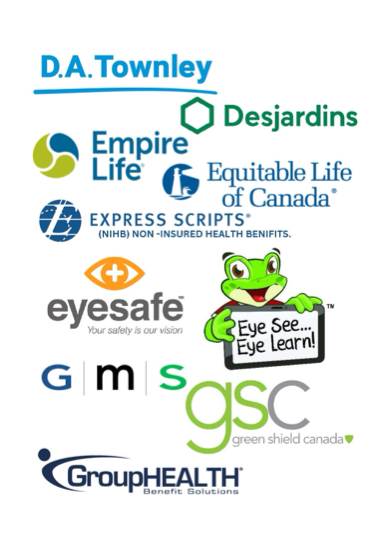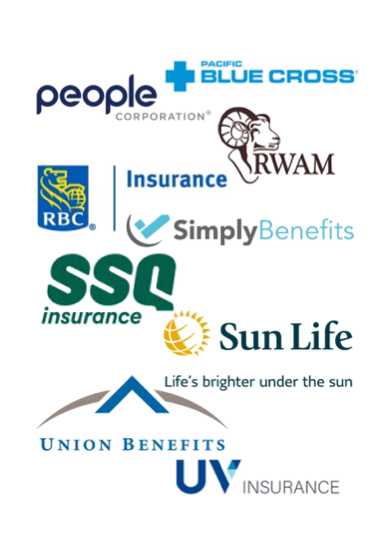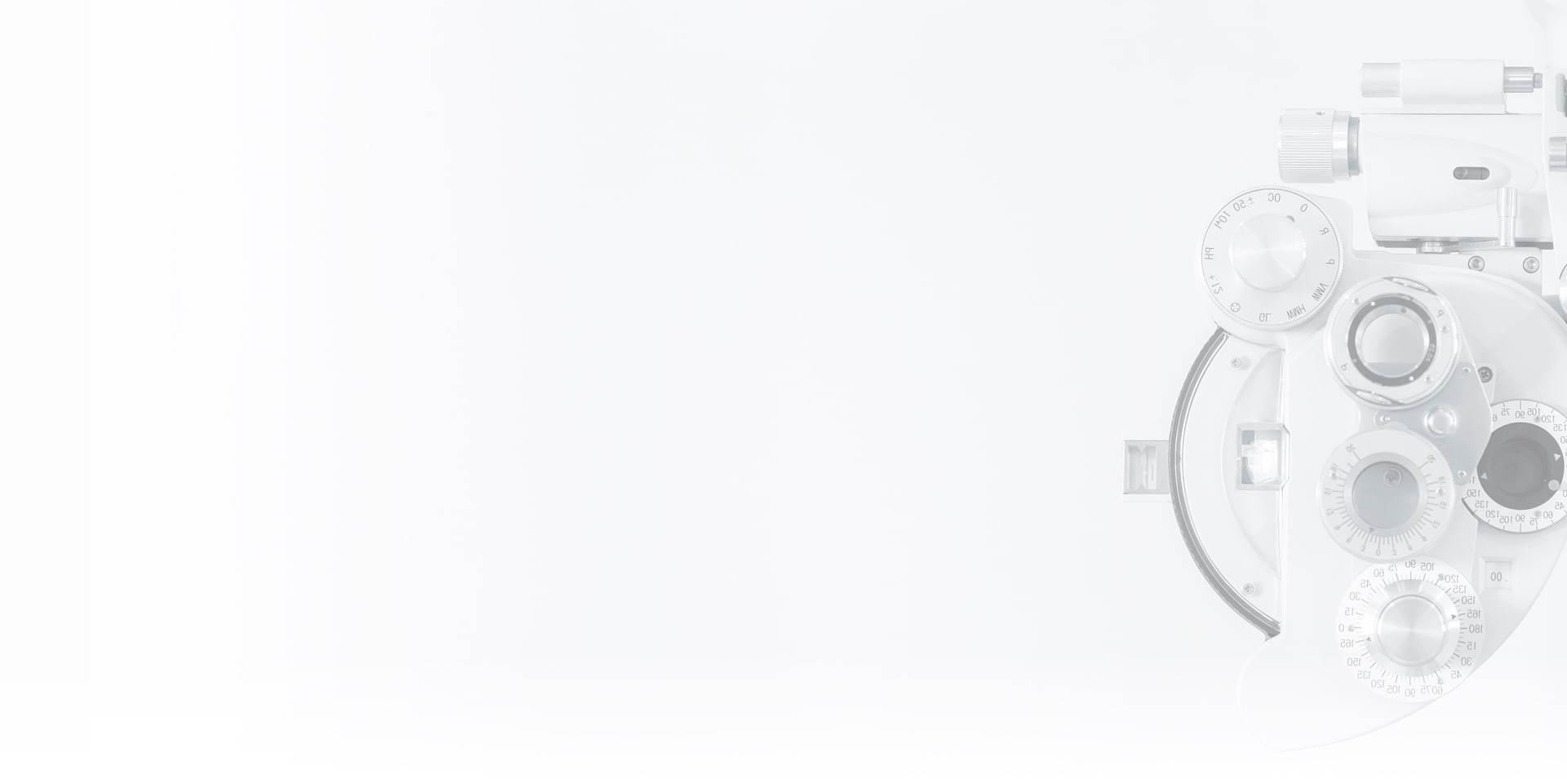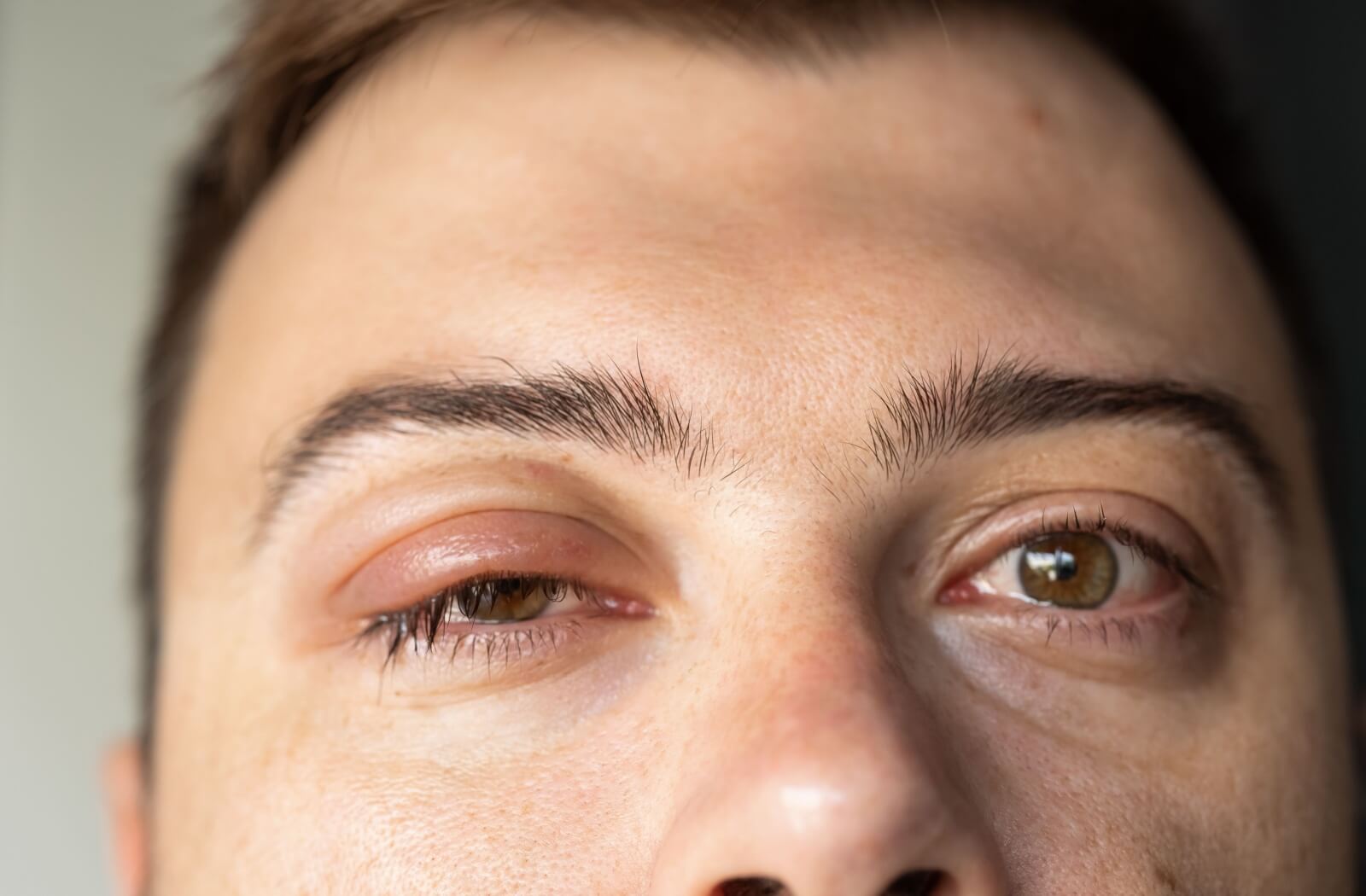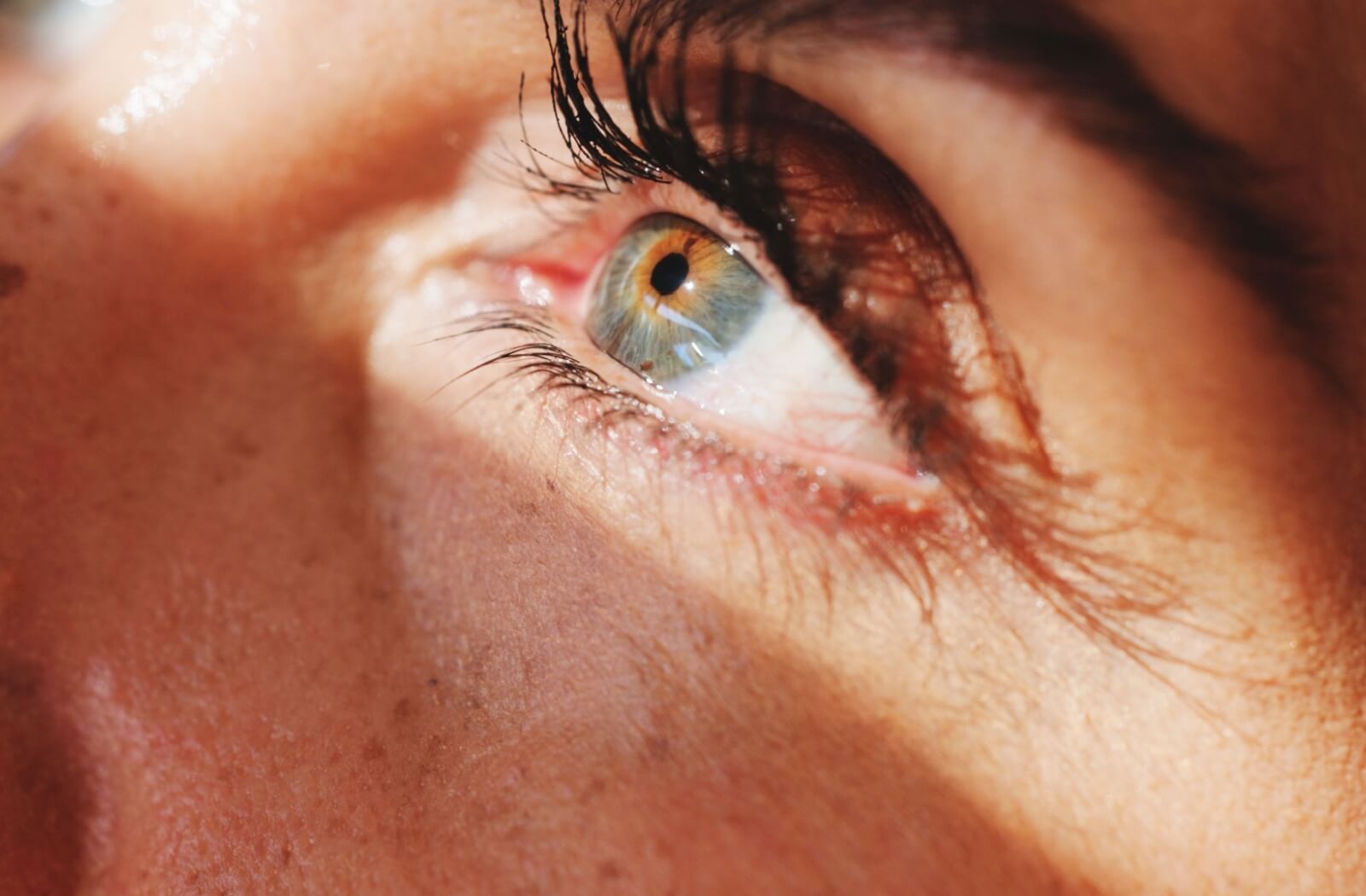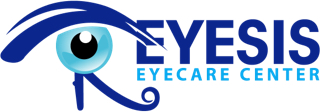Contact lenses are an excellent option if you want to switch up your look from glasses. If you want to take it a step further and add a dash of color, then colored contacts are also available to you. The first step to getting prescription contact lenses is a comprehensive contact lens exam and fitting with your optometrist.
Let’s explore the contact lens exam process and whether prescription contact lenses are safe to wear.
Prescription Colored Contacts & Your Safety
When considering new contact lenses, some people may want to try out a different eye color. That’s where prescription-colored contacts come in and offer a new look.
Colour contact lenses allow you to change your eye color and personalize your look, whether you need them for Halloween or any other special occasion.
Contact lenses are classified as medical devices, and prescription-colored contact lenses are safe to wear. Your optometrist will check your eyes thoroughly during a comprehensive contact lens exam to ensure you are a good candidate for contact lenses.
It is essential to get a prescription for colored contact lenses, as without a proper prescription and fitting—these lenses can cut, scratch, or infect your eyes.
Colored contact lenses are designed with the natural look of your iris in mind. Color contacts come in 3 kinds of tints:
- Visibility tint—relatively faint and does not affect your eye color
- Enhancement tint—usually best for people with light-colored eyes
- Opaque tint—special effect lenses that offer a variety of different colors
The maintenance and process of colored contact lenses are the same as regular contacts. You still have to maintain them and visit your optometrist for an exam and fitting for safe usage.
Contact Lens Maintenance
Your colored contact lenses require the same maintenance as your regular lenses. All contact lenses wearers should:
- Wash their hands thoroughly with soap before inserting or removing their contacts.
- Only clean their contact lenses with an approved contact lens multipurpose or hydrogen peroxide solution.
- Use fresh contact lens solution when storing their lenses.
- Avoid wearing contacts for longer than the recommended replacement schedule.
- Replace their contact lens case at least every 3 months to avoid damage.
Contact lens maintenance is not the only thing that is the same with colored contacts—the exam and fitting process is also the same.
The Contact Lens Exam & Fitting Process
Your contact lenses perform a similar function to your prescription glasses. They help correct refractive errors like:
- Myopia (nearsightedness)
- Hyperopia (farsightedness)
- Astigmatism
- Presbyopia
The Contact Lens Exam
Your optometrist will discuss your lifestyle needs and preferences during your exam to determine what type of lenses can best benefit you.
The exam process begins with your optometrist reviewing your medical history and addressing any questions or concerns you may have. During the exam, your eyes will be assessed to determine if you have any conditions or issues that may prevent contact lens usage.
Your contact lens prescription differs from your eyeglasses prescription, and testing will differ.
The Fitting Process
No contact lens exam is complete without a comprehensive fitting. During the fitting, your optometrist will measure your eyes to ensure that your new contact lenses fit comfortably and safely to the shape of your corneas.
Your eyes are unique, and contact lenses come in various diameters and curvatures to suit your visual needs. The fitting process is used to determine the exact fit your eyes require.
The Trial Period
The trial period is an important step, and your optometrist will send you home with a trial pair of contact lenses in your prescription.
You will be able to test this trial pair of lenses over a few days to ensure they fit comfortably and provide clear vision. Your optometrist will schedule follow-up appointments to ensure that your eyes adapt appropriately.
A Unique Aesthetic
Prescription-colored contact lenses offer a unique aesthetic and follow the same process as regular contacts regarding a contact lens exam and fitting. You must have a prescription for your colored contact lenses to wear them safely. Book an appointment with your optometrist to get your prescription colored contact lenses today.


